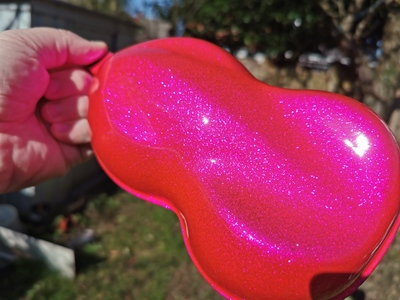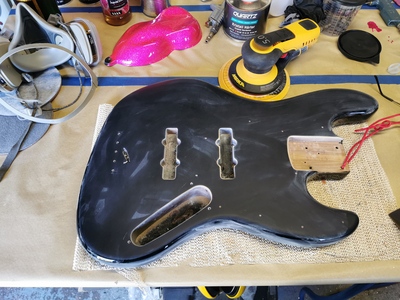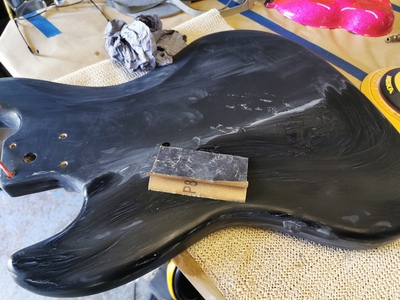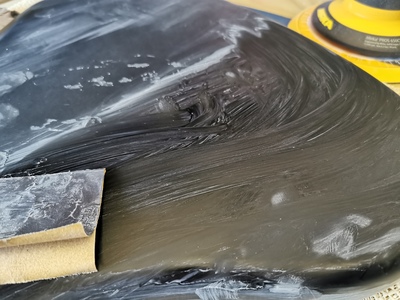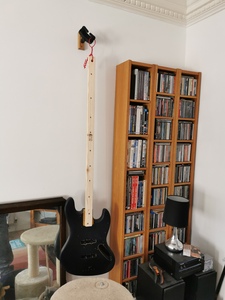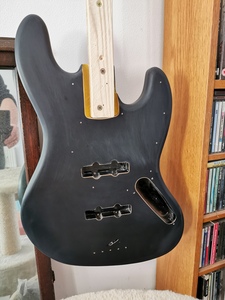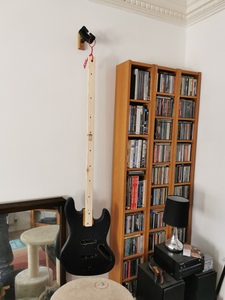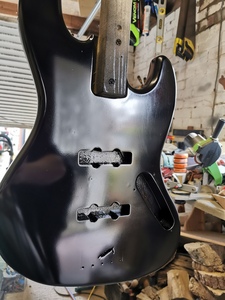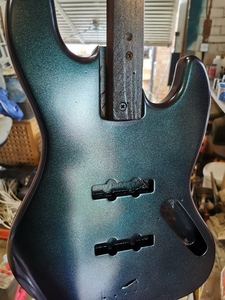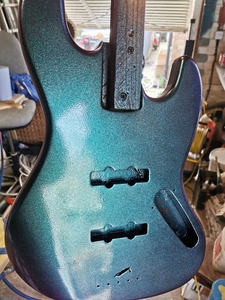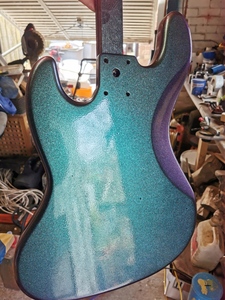Soldering is *not* difficult. If you can manage painting (and I'm fairly sure you can), then soldering is simples.
1. Get yourself a semi-decent soldering station. Temperature controlled.
2. Get a range of tips for the soldering iron (small and very small).
3. Get the iron hot.
4. Apply hot iron to the things to be soldered. Use a heat sink if the things are particularly sensitive to heat.
5. When the things are hot (1-2 secs), apply solder. It will melt more or less immediately.
6. Remove solder.
7. Remove iron.
8. Make sure that the things being soldered don't move apart in the 1-2 secs that it takes for the solder to set.
Total time for steps 4-8; <5secs.
You don't even have to polish the joint afterwards.
@tv101 You do know I was larking about don’t you? I was a bit rude but it was a joke.
BORING 🤣 I was doing my Homer Simpson impression.
Thanks for your information on soldering, I do appreciate it and I do realise I will have to learn this stuff and that it’s not actually that difficult once I get the hang of it. It just doesn’t switch me on, I’m not really interested but it is necessary for guitar building.
Peace ✌️ ☮️
Make guitars, not war 🌍✌️🎸
Hey @boo. Can I ask what you think of northwest guitar's rattle cans?

I've used several of their rattle cans, sealer, clear coat, color,.. But I can not compare them with anything else to be honest, these where the only nitro ones I have ever used. I find them easy to work with, even when pushing it ( not ideal temperatures/humidity mostly )
But I am a rookie with regards to painting. So dont take my opinion too seriously
Been prepping this bass today, it’s now fully prepped for paint. It’s a little late in the day now to start painting and the temperature is a little low so I’ll do it tomorrow. I spent some time trying to teach some American guy in Germany how to use his phone and Instagram so I’ve run out of time today.
I sanded this original paintwork with some P800 grade wet and dry and used it wet to keep the dust down and so I didn’t have to wear my mask. See how the slurry is white (ish) and not black? That means this guitar was painted with black base coat and then clear lacquer, I think it’s acrylic.
Make guitars, not war 🌍✌️🎸
But I am a rookie with regards to painting. So dont take my opinion too seriously
All opinions are welcome @koendb. You've had some experience of them so that makes you an informed person in my book. Thanks for the help as I'm the rookiest of the rookies around here. 😁👍
🎶🎸🙏🙂
🗝️ "Life's what you make it"🗝️
Make guitars, not war 🌍✌️🎸
Make guitars, not war 🌍✌️🎸
Well, I got some paint on it.
Got the black ground coat in first and the first coat I dusted on to see if there were going to be any issues/paint reactions. As this guitar is already painted and I’m not 100% sure of what kind of paint it is, a light coat of paint should tell me if there are going to be any problems. The paint would fizz up (fryup) if the two types of paints were not going to be friends.
Make guitars, not war 🌍✌️🎸
I’ve now put a second coat of chameleon on and continuing to build the colour. I’m not putting heavy coats on, I’m just keeping them fairly light. This paint needs to be even and consistent, and I definitely do not want to get any runs in this colour coat.
Make guitars, not war 🌍✌️🎸



